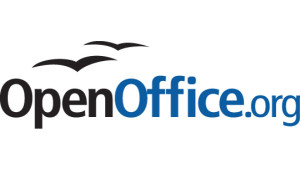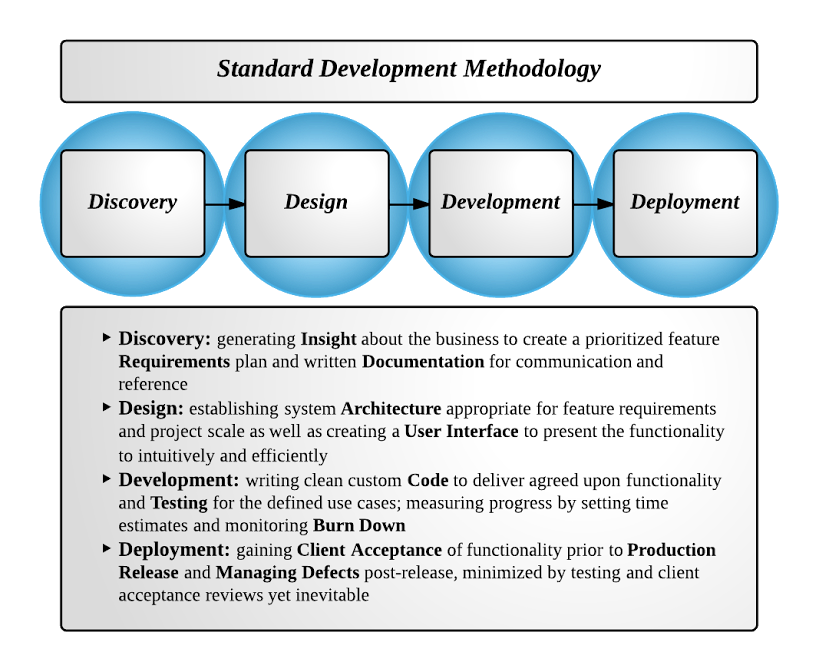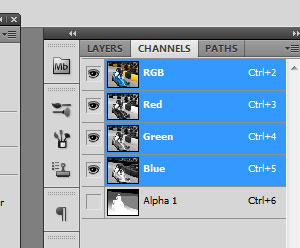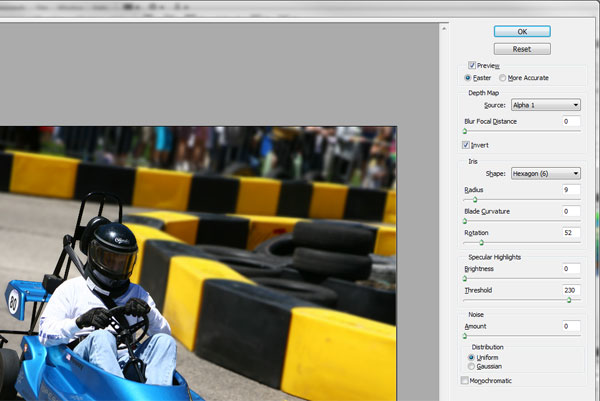Let’s face it. Times are still tough and money is still tight, but your workload certainly isn’t. We all know the very popular Microsoft Office applications aren’t exactly cheap, but they’re still necessary. Well there are ways to get the job done at just the right price, free. Whether you’re using Windows, Linux, or Macintosh there is a free office suite alternative out there for you! Let’s check it out.
 Apache OpenOffice has been available to the public since 2000. Now maintained by the popular web server software developer Apache, OpenOffice is one of the most popular free office alternatives today. One of the great benefits to this software, as well as other free office suite solutions is its compatibility to Microsoft Office file formats.
Apache OpenOffice has been available to the public since 2000. Now maintained by the popular web server software developer Apache, OpenOffice is one of the most popular free office alternatives today. One of the great benefits to this software, as well as other free office suite solutions is its compatibility to Microsoft Office file formats.
Here is what comes with Apache OpenOffice:
- Writer – a word processor you can use for anything from writing a quick letter to producing an entire book.
- Calc – a powerful spreadsheet with all the tools you need to calculate, analyze, and present your data in numerical reports or sizzling graphics.
- Impress – the fastest, most powerful way to create effective multimedia presentations.
- Draw – lets you produce everything from simple diagrams to dynamic 3D illustrations.
- Base – lets you manipulate databases seamlessly. Create and modify tables, forms, queries, and reports, all from within Apache OpenOffice.
- Math – lets you create mathematical equations with a graphic user interface or by directly typing your formulas into the equation editor.
As mentioned earlier, Apache OpenOffice is compatible with Microsoft Office file formats. You can open, edit, and save into Microsoft Office formats. You can read from .doc, .docx, ,xls, .xlsx, .ppt and .pptx. You can save to .doc, .xls, and .ppt. Apache OpenOffice supports Windows, Macintosh and Linux environments. To check out more about them, visit their website at www.OpenOffice.com.
There are certainly more free alternative office suits available to you. Check out LibreOffice (Windows / Mac / Linux), Google Docs (web-based, works with modern web browsers), NeoOffice (Mac) and iLIfe / iWork (With purchases of new Macs or iOS devices, or you can upgrade if you had a previous version of iLIfe and iWork.).
OmniSpear, Inc is always looking at the new and innovative products that come from our wonderful industry! We embrace and utilize different software and hardware solutions to meet our customers needs and their budget. For more information, visit www.DaytonITSupport.com. and www.OmniSpear.com.


 In hopes of alleviating future epidemics, Caroline plans to not only map out additional affected zones with this knowledge, but to also help prevent the spread by informing the population of nearby danger zones. The goal is to be able to use data extracted from cell towers to send preventive messages to travelers in compromised areas via their devices. These alerts can inform people of areas to avoid and safety measures to help contain diseases, such as areas where mosquito netting is a necessity. We are curious to see what other ways technology can be used in fields and even countries we didn’t think about before. In a topic that angers most consumers, this is a new spin that is definitely going to change the field.
In hopes of alleviating future epidemics, Caroline plans to not only map out additional affected zones with this knowledge, but to also help prevent the spread by informing the population of nearby danger zones. The goal is to be able to use data extracted from cell towers to send preventive messages to travelers in compromised areas via their devices. These alerts can inform people of areas to avoid and safety measures to help contain diseases, such as areas where mosquito netting is a necessity. We are curious to see what other ways technology can be used in fields and even countries we didn’t think about before. In a topic that angers most consumers, this is a new spin that is definitely going to change the field.





